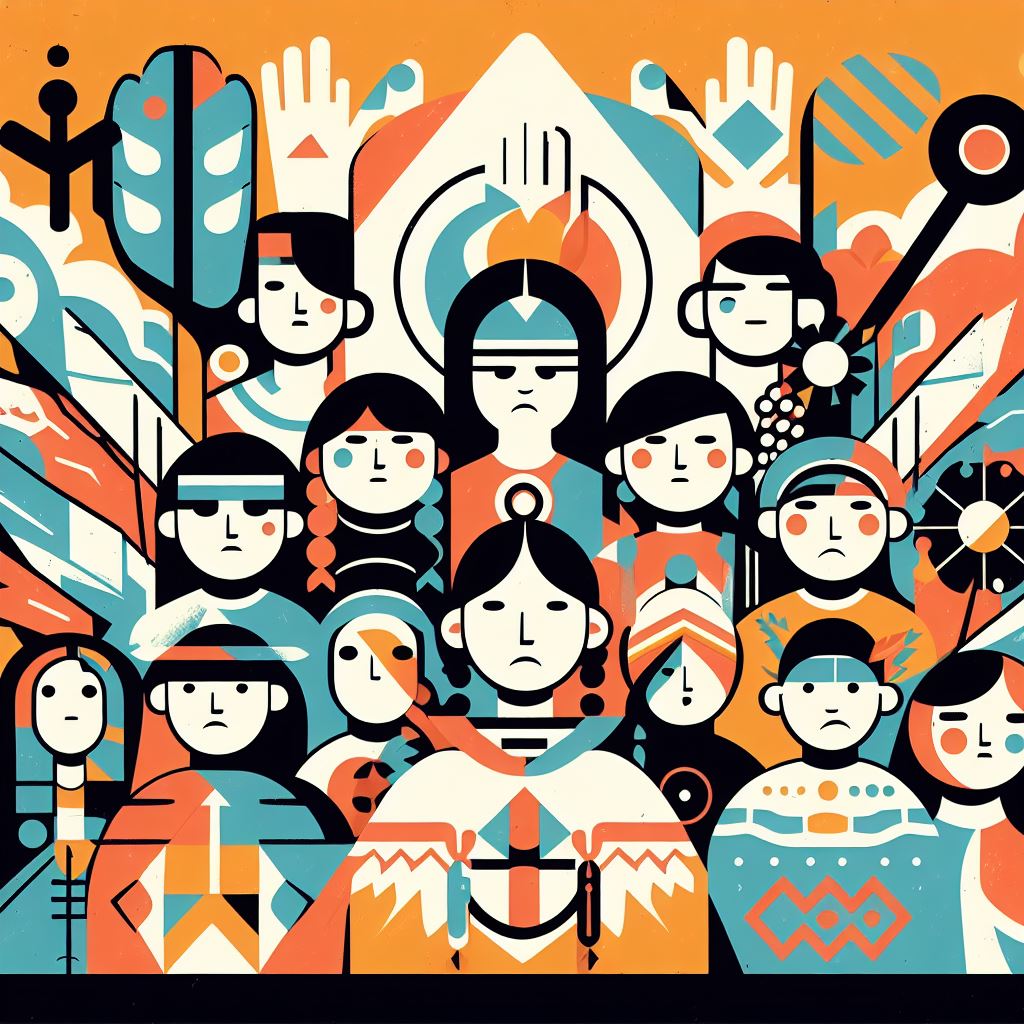Education is a key to unlocking opportunities and shaping a brighter future. For First Nations students, it is essential to provide access to education and foster an environment that empowers them to become leaders in their communities. Sean Monteith shares how promoting Indigenous leadership in education is crucial to building a more inclusive and equitable society.
Understanding The Importance Of Indigenous Leadership
Indigenous leadership goes beyond academic achievements; it encompasses cultural pride, community involvement, and a deep understanding of the unique challenges faced by First Nations people. By promoting Indigenous leadership in education, we aim to nurture individuals who can guide their communities toward sustainable growth while preserving their rich cultural heritage.
Cultivating A Supportive Educational Environment
Creating a supportive educational environment is the first step in empowering First Nations students. This involves acknowledging and respecting their cultural diversity, incorporating Indigenous perspectives into the curriculum, and providing resources that reflect their history and traditions. By doing so, we ensure that students see themselves represented in their education while also fostering a sense of belonging and pride.
Mentorship Programs: Building Bridges For Success
Mentorship programs play a crucial role in promoting Indigenous leadership. Pairing First Nations students with mentors who understand their cultural background and the challenges they may face can provide invaluable guidance. These mentors can offer support, share their experiences, and inspire students to pursue their goals confidently.
Empowering Through Role Models
Having Indigenous role models within the education system is essential for inspiring First Nations students. When they see individuals from their communities succeeding in academia, it sends a powerful message that education is also a path open to them. Schools and institutions should actively seek out and highlight Indigenous educators, administrators, and leaders to serve as role models.
Incorporating Traditional Knowledge Into Education
Integrating traditional knowledge into the educational curriculum preserves Indigenous cultures and provides a unique and valuable perspective. It helps students connect their heritage with their academic journey, fostering a sense of pride and identity. Incorporating Indigenous languages, stories, and practices into the learning environment promotes cultural resilience and understanding.
Community Engagement: A Collaborative Approach
Promoting Indigenous leadership in education requires collaboration between schools, communities, and government entities. By involving First Nations communities in decision-making processes and educational planning, we ensure that the curriculum meets the needs and aspirations of the community. This collaborative approach fosters a sense of ownership and investment in the education of First Nations students.
Addressing Barriers To Education
To truly empower First Nations students, addressing the barriers that hinder their access to education is crucial. This includes improving infrastructure, providing transportation options, and addressing socio-economic challenges. By removing these barriers, we create a more level playing field, allowing First Nations students to focus on their education without additional obstacles.
Celebrating Achievements And Graduations
Recognizing and celebrating the achievements of First Nations students is a powerful way to reinforce the importance of education within the community. Graduation ceremonies that incorporate traditional elements and involve the community create a sense of pride and accomplishment. Acknowledging and celebrating milestones fosters a positive environment that encourages ongoing educational success.
Conclusion
Fostering Indigenous leadership in education is a collective responsibility that extends beyond the confines of educational institutions. Sean Monteith says by creating a supportive and culturally relevant environment, implementing mentorship programs, addressing barriers to education, and celebrating achievements, we can empower First Nations students to become leaders who contribute to the resilience and prosperity of their communities. Embracing Indigenous leadership ensures a more inclusive and equitable society. It acknowledges and celebrates the unique talents and perspectives that First Nations individuals bring, ultimately paving the way for a brighter and harmonious future for all.



